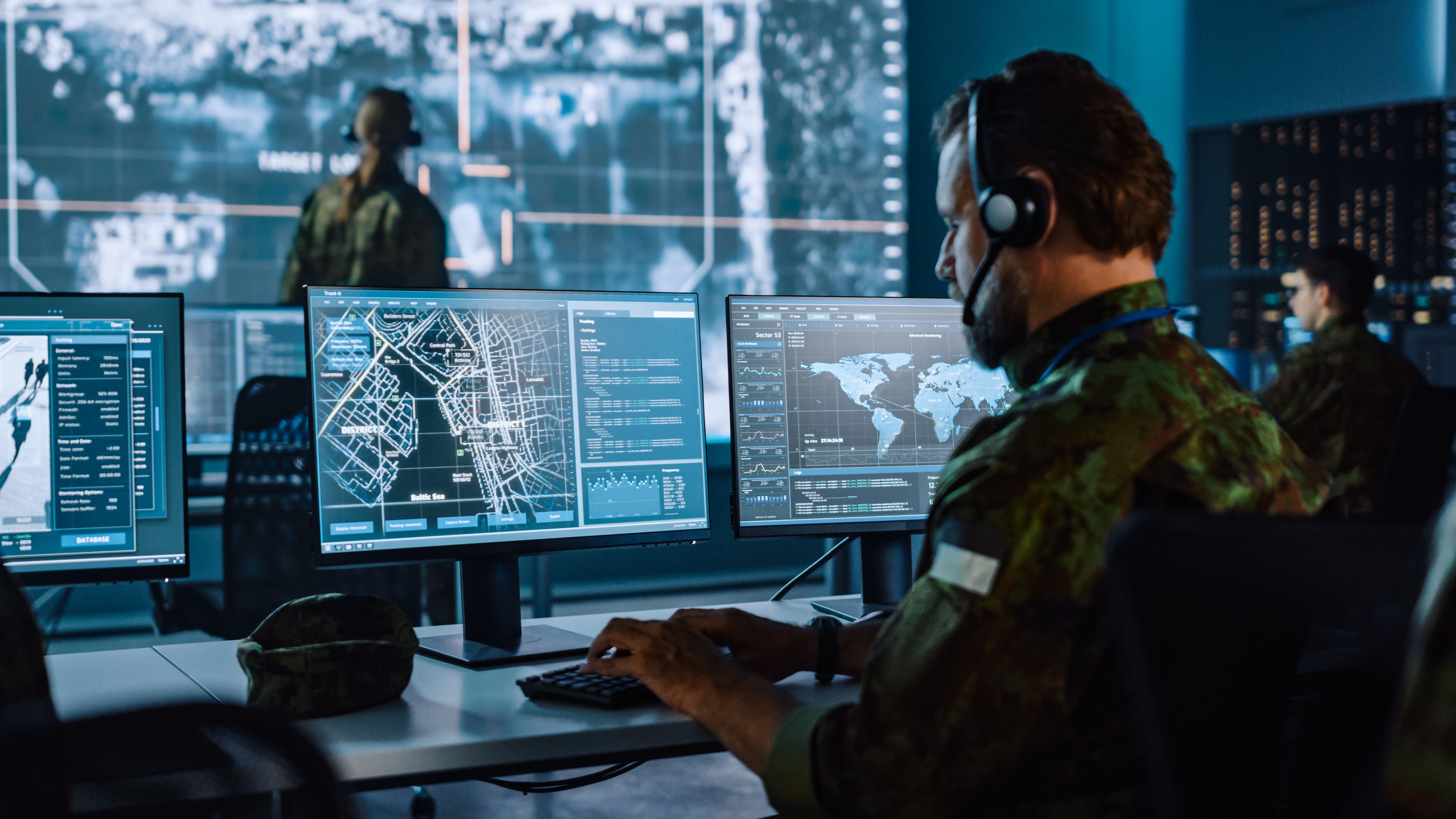Ensuring Timely Delivery: A Medical Sample Journey from Glasgow to London
The Importance of Timely Medical Sample Delivery
In the world of healthcare, the timely delivery of medical samples is crucial. These samples often contain vital information necessary for diagnosing conditions, creating treatment plans, and conducting research. When a sample needs to travel from Glasgow to London, it becomes imperative to ensure a swift and secure journey.
Medical samples are typically time-sensitive and require special handling to maintain their integrity. A delay or mishandling during transit can compromise the results, potentially impacting patient care. Therefore, understanding the logistics involved in this journey is essential for anyone involved in the healthcare supply chain.

Planning the Journey
The journey of a medical sample from Glasgow to London begins with meticulous planning. This involves selecting the fastest and most reliable transportation methods. Often, a combination of road and air transport is used to ensure speed and efficiency. The planning phase also includes determining the best packaging solutions to preserve the sample’s condition throughout its journey.
Specialized packaging is a critical component, as it helps maintain the required temperature and protects the sample from external factors. Using insulated containers and cold packs can prevent degradation, ensuring that the sample remains viable upon arrival.
Choosing the Right Courier Service
Choosing the right courier service is another essential step. Not all courier companies have the expertise or resources to handle medical samples. It's important to partner with a service that understands the importance of timely delivery and has experience in handling sensitive materials.

Many couriers offer real-time tracking capabilities, allowing healthcare providers to monitor the sample's progress in real-time. This transparency adds an extra layer of reassurance, ensuring that any potential issues can be addressed promptly.
Regulatory Compliance
Another key aspect of ensuring timely delivery is compliance with regulatory requirements. Medical samples must adhere to strict guidelines set by health authorities. This includes proper labeling, documentation, and handling procedures.
Failure to comply with these regulations can result in delays at checkpoints or even confiscation of the samples. It's critical that all stakeholders involved in the transportation process are well-versed in these regulations to avoid any setbacks.

Overcoming Challenges
The journey from Glasgow to London may face several challenges, such as traffic congestion, flight delays, or adverse weather conditions. To mitigate these risks, it's vital to have contingency plans in place. This could involve having alternative routes, backup couriers, or additional storage facilities ready if needed.
Communication is key in overcoming these challenges. Keeping all parties informed and maintaining open lines of communication can ensure that any issues are quickly resolved.
The Role of Technology
Technology plays a significant role in ensuring the timely delivery of medical samples. Advanced tracking systems provide real-time data on the sample’s location and condition, while automated notifications keep everyone informed of its status.
Additionally, digital platforms can streamline the documentation process, reducing human error and speeding up customs clearance at borders. Embracing these technological solutions can greatly enhance the efficiency and reliability of medical sample transportation.

Conclusion
Ensuring the timely delivery of medical samples from Glasgow to London is a complex process that requires careful planning, regulatory compliance, and effective use of technology. By understanding these elements and choosing reliable partners, healthcare providers can ensure that their samples arrive on time and in perfect condition, ultimately supporting better patient outcomes.
The success of this journey lies in attention to detail and a commitment to excellence at every stage. For those involved in this critical task, ongoing education and adaptation to new technologies and regulations are essential for continuous improvement.